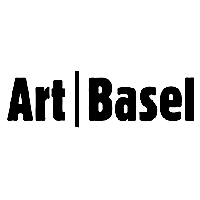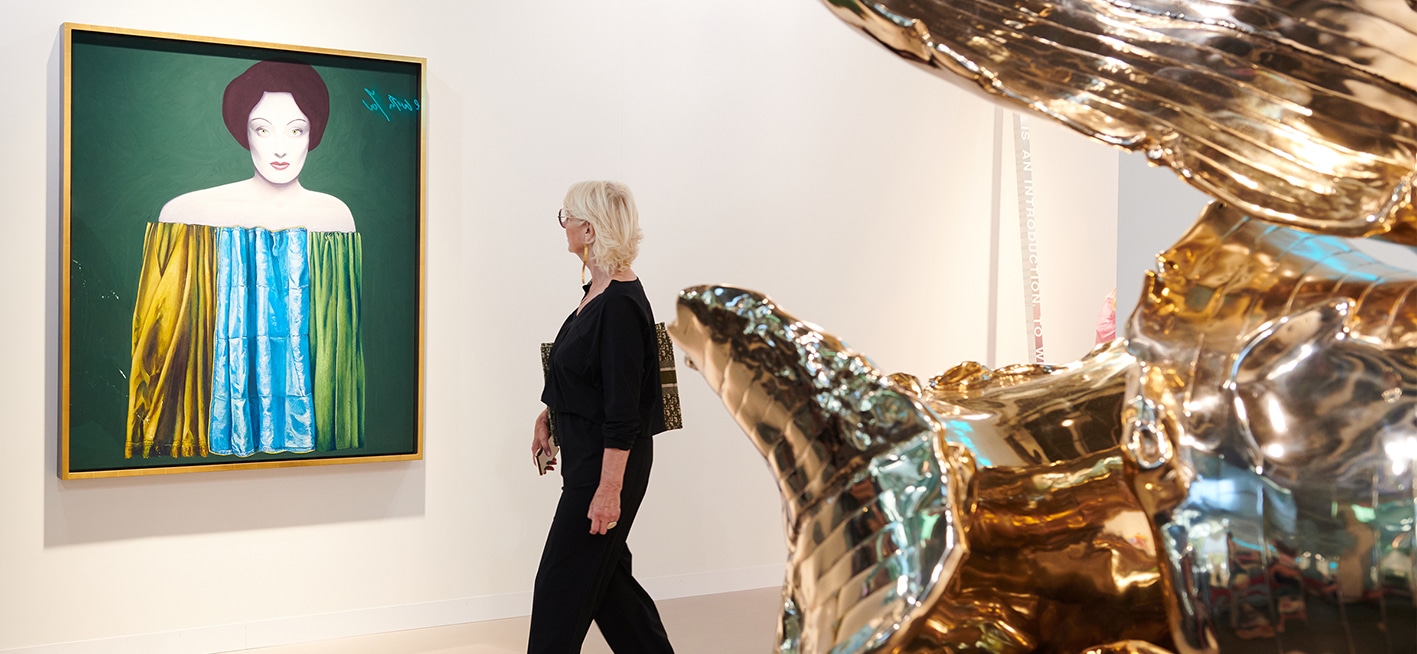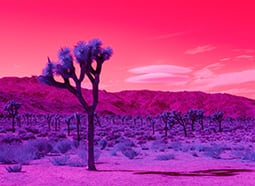
Art Basel
Art Basel is the most important fair of its kind, presenting modern and contemporary art at now four massive annual fairs: Art Basel – the historic one – Art Basel Miami Beach, Art Basel Hong Kong and the recently launched Paris+par Art Basel. The fairs bring together blue-chip galleries, seasoned buyers, art enthusiasts, well-known artists, and offer a nurturing atmosphere that boosts interest in contemporary art. The Basel show takes place in June each year and attracts approximately 4,000 artists, 290 top international galleries and over 95,000 visitors. Each gallery is carefully reviewed to ensure the reputation and very high standard expected of the fair is maintained. Along with paintings, photographs and sculptures, the public can enjoy at this first-class fair performance art, digital art, with a nice program of discussions. Launched in 1970, Art Basel was an immediate international success and continues to be the most anticipated event on the art fair calendar.

Marc Spiegler shares his views!
Global Director (2012-2022)
1 minute in the booth
by Pauline Loeb
Mennour at Art Basel 2023
Templon at Art Basel 2023
Massimo de Carlo at Art Basel 2023
Annely Juda Fine Art at Art Basel 2023
Petzel Gallery at Art Basel 2023
Blum & Poe at Art Basel 2023
Art Basel 2023 - Unlimited Section
Gallery Hyundai at Art Basel 2023
Chantal Crousel at Art Basel 2023
Kukje Gallery at Art Basel 2023
David Nolan at Art Basel 2023
James Cohan at Art Basel 2023
Paula Cooper Gallery at Art Basel 2023
Luhring Augustine at Art Basel 2023
Greta Meert at Art Basel 2023
Art Basel 2024
Location
Messe Basel
Messeplatz 10
4005 Basel
Switzerland
Dates
13 – 16 June 2024
Entrance Fee
Day Ticket: CHF 58
Students: CHF 45
Permanent Ticket: CHF 140
Two-Days Ticket: CHF 98
Mediums
Drawing
Installation
Photography
Sculpture…
Art Periods
Modern
Contemporary
Contact

Insights Art Basel

Marc Spiegler
Global Director (2012-2022)
What would you say is the DNA of Art Basel?
The DNA of Art Basel goes back to its origin in 1970 , when it was founded by a group of gallerists from the small Swiss city, which had a long-standing history as a cultural capital within Central Europe. The original idea come from a woman, Trudl Bruckner, and she was greatly supported by the legendary dealer Ernst Beyeler, one of the leading and most international figures in the art market of the time. Although they quickly, and wisely, handed over management of the fair to the city, premier gallerists remain a driving force at Art Basel, not only in the selection of exhibitors but also in terms of giving invaluable input across a broad range of issues related to the entire enterprise. In short, the DNA involves Swiss precision and rigor, a focus on galleries and their artists, and a fervent belief in thinking globally.
What type of galleries are chosen to exhibit, and why?
The selection committees choose premier primary- and secondary-market galleries, across a wide range of geographies and market sectors. They range from new projects that are only a few years old working with nomadic spaces to the most established galleries on earth, boasting multiple venues across many continents. That diversity of galleries is essential to keep the shows both fresh and strong.
What is the price range of pieces? Who is the average buyer?
The price range of the artworks is enormous, ranging from smaller works by younger artists and editioned pieces, costing a few thousand dollars, to the most expensive secondary- market masterpieces, sometimes priced at (far) more than 10 million dollars.
“In short, the DNA involves Swiss precision and rigor, a focus on galleries and their artists, and a fervent belief in thinking globally.”

© Art Basel
Who is the typical attendee of Art Basel?
Art Basel shows have a broad range of attendees, ranging from the most important international collectors of modern and contemporary art to more regional collectors, but also including art aficionados, people with a broader interest in culture, and even thousands of students visiting the show, and thus building the passion for art at an early age.
What strategy – physical as digital – will you adopt in medium to long term?
Art Basel strongly believes that the future of fairs will be hybrid. Physical interactions with great galleries and artworks remain totally essential to creating the energy of the fair. In parallel, new digital tools and tactics – often developed under duress during the pandemic – allow patrons from all over the world to discover artists and galleries at the shows and throughout the year.
What are two other art fairs you would suggest?
I think it’s important to support and discover galleries and artists in the early stage of their career, so it’s essential to visit fairs such as Liste, Paris Internationale and the New Art Dealers Association (NADA) shows, such as NADA Miami.
You May Be Interested In
Art Basel Miami Beach
Art Basel Miami Beach is the not-to-be-missed modern and contemporary art fair, which showcases more than 250 world top galleries of all continents exhibiting every form of art.
Paris+ par Art Basel
Taking place in October, Paris+ par Art Basel is the new art fair for contemporary art in the French capital, showcasing edgy artworks, from installations to art performances.
Frieze Los Angeles
Frieze Los Angeles is the latest edition of Frieze, which stages three other art fairs, in London and New York. It showcases around 70 of the world leading contemporary galleries.
Art Basel Hong Kong
Founded in 2013 to complete Basel and Miami Beach editions, Art Basel Hong Kong aims to promote the area with half of the galleries coming from Asia and Asia-Pacific.





